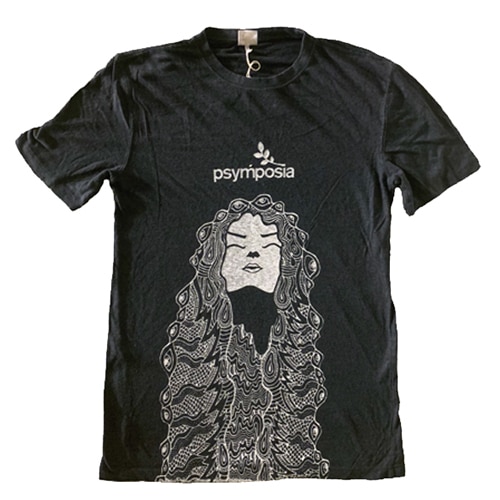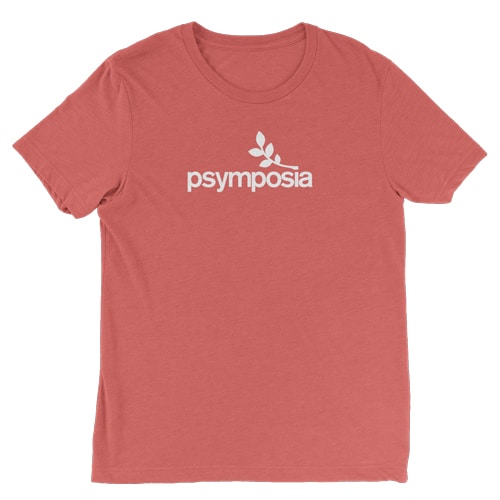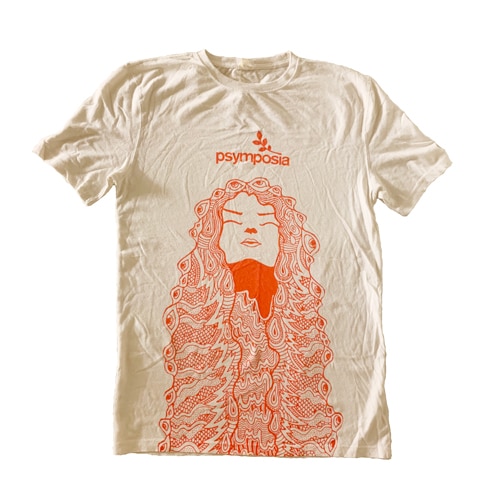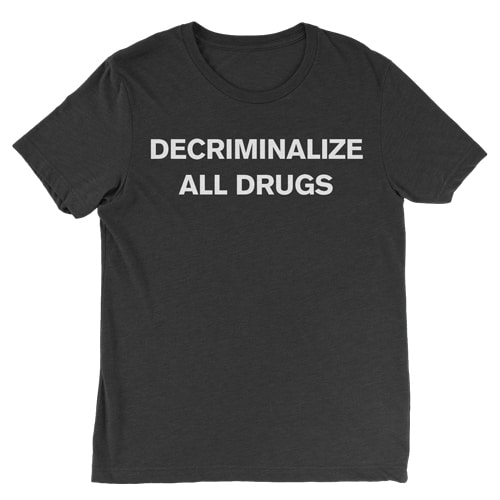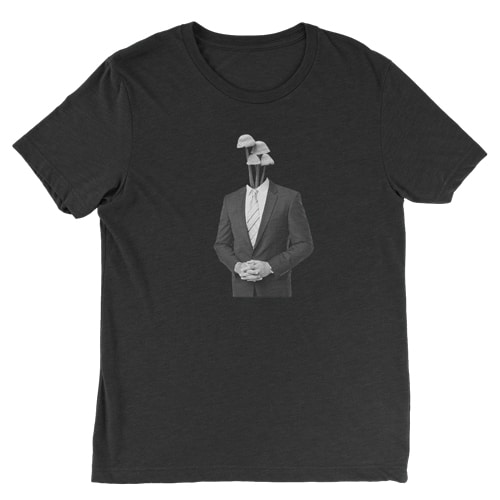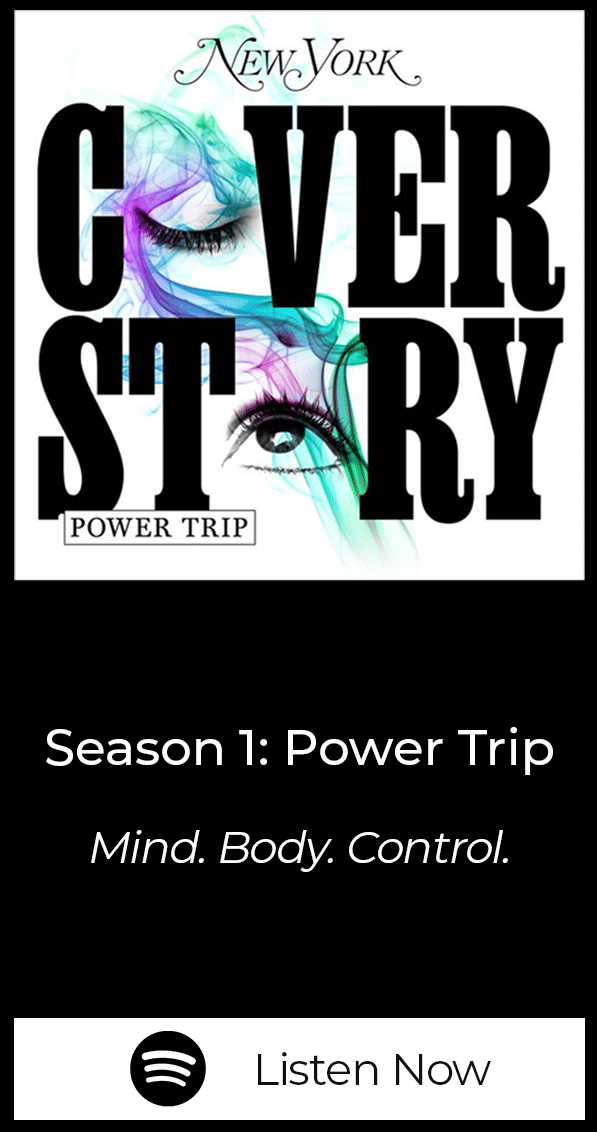A Short History of Psychedelic Psychotherapy, Pt. 1
Psychotherapy-assisted psychedelic experiences may revolutionize how we treat mental illness. The philosophy and techniques have evolved over the past 50 years.
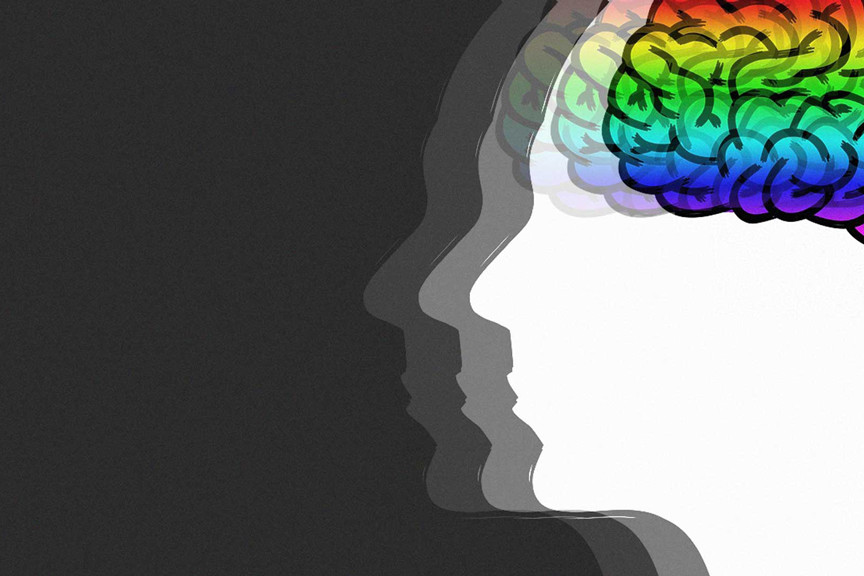
Psymposia is a 501(c)(3) nonprofit research and media organization that offers critical perspectives on drugs, politics, and culture. We rely on contributions from our readers and listeners. Your support is vital to sustaining Psymposia.
Support Psymposia’s independent journalism on Patreon and help us drive the Mystery Machine! We’re a bunch of meddling kids who are unmasking the latest shenanigans on the psychedelics beat.
We are not human beings having a spiritual experience.
We are spiritual beings having a human experience.
— Pierre Teilhard de Chardin
It’s hardly news when a therapist helps heal a client. But when a therapist has a patient use a psychedelic, the media notices. That’s because psychedelics can heal in ways that pharmaceuticals and talk therapy cannot—ways that science has not yet begun to understand.
Psychotherapy-assisted psychedelic medicine is set to leap-frog over conventional methods in the treatment of addiction, PTSD, depression, and anxiety.
It is predicted that MDMA and psilocybin will be available under controlled conditions within the next five years. At first it will only be for the terminally ill or for those with severe PTSD. Finally, the door will be open.
Psychotherapy-assisted psychedelic experiences will revolutionize how we treat mental illness. Rather than being given pills we have to take for life, we can take just one dose and be transformed. Of course, psychedelics aren’t for everyone. So there will still be a role for pharmaceuticals and conventional therapy.
Pundits are already speaking of our age as the psychedelic renaissance, a phenomenon that can be clearly witnessed within the rapidly expanding ayahuasca tourism industry as ayahuasca obtains an increasingly globalized popularity and reputation.
The techniques and philosophy of psychedelic psychotherapy have evolved over the past 50 years to work effectively with psychedelic medicine. I invite you to follow me back in time to see how psychotherapy evolved to help make the magic happen.
Psychedelic-assisted Psychotherapy
Psychedelics open a door to usually hidden vistas of the psyche by putting the client into a non-ordinary state of consciousness: deviation from the normal waking mental state caused by physiological, psychological, or pharmacological agents.
When given appropriate support and framework, deeply entrenched personal problems can be safely worked out. It’s the therapist’s job to stay out of the way and to gently encourage self-healing of the body and mind. The patient’s inner work, enhanced by psychedelics, goes much deeper and is more rapid than it would be through talk therapy alone.
Survivors of trauma tend to be well defended or in denial about the dark places inside of them. Psychedelics help them access and come to terms with their demons or darkness. Once these previously hidden traumas are resolved, the problems they cause disappear.
In a psychedelic session, only the client uses the psychedelic. The therapist sits quietly with the client to help with any arising difficulties and to ensure a safe experience. The therapist must be open to whatever may come up for the client during the trip, gently encouraging them to confront any fears that appear.
The psychotherapist’s job is to encourage self-direction and to trust that the client can find a path to healing. The notion that each person has an inner healer who, when encouraged by a therapist, can help them overcome trauma, is unconventional in the world of psychotherapy and psychiatry, where the therapist is seen as more of an expert or a guide.
There are several classes of psychedelics that work in different ways. For instance, LSD reduces the subject’s ego and quiets the default mode network, and at the same time facilitates signaling throughout the brain. MDMA appears to reduce signals from the amygdala, which allows a client to go deeper into frightening memories or trauma with less fear.
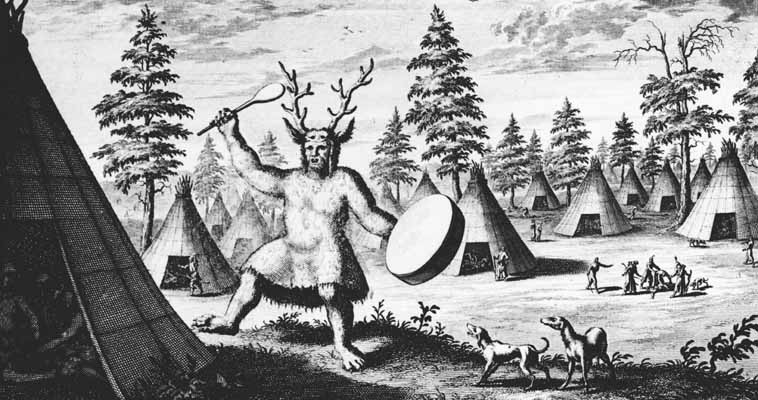
A Bit of History
The last few hundred years represent the only time in human history that psychedelics have been repressed throughout most of the world.
It is thought that humans have used psychedelics since the first conscious being ingested (likely) magic mushrooms. Almost every culture in every part of the world used some form of psychedelic plant for ritual or healing throughout history. In the age of colonialism, conquistadors and the church took a dim view of natives with their psychedelics. The prohibition of psychedelics spread to most modern nation states, with little regard or respect for their efficacy and healing potential.
Few psychologists recognized the significance of non-ordinary states of consciousness until LSD was discovered. Patients of mainstream psychiatrists who presented with religious experiences, different states of consciousness, or who were undergoing a spiritual crisis were likely to be diagnosed as having had a psychotic experience, mania, delirium, or delusions.
After its discovery during World War II, LSD was sent to psychologists and researchers who were told that it mimicked psychosis. A great deal of experimentation took place, much of it misguided and immoral due to misunderstanding how the drug worked.
The U.S. Army launched MKUltra, which studied the feasibility of using LSD as a weapon to disorient enemy soldiers. The CIA hired noted psychiatrist Dr. Ewen Cameron of McGill University to conduct experiments in mind control.
LSD therapy at that time often involved no informed consent, unwilling victims strapped to a stretcher for hours at a time, being interrogated and studied like rats. The results ranged from sad to hilarious—as in the case of a British army platoon on LSD—and fortunately didn’t prompt follow-up studies.
Several research projects used psychedelics as a psychotherapeutic tool, but personal growth is difficult to quantify. Early researchers quickly realized that LSD was an amazing tool for probing the psyche and studying consciousness. But they had a lot to learn before they knew how to control its effects and use it properly.
By the mid-1950s psychoanalysts started using LSD with their clients in a more humane manner. They discovered that set and setting were crucially important in treating clients successfully. Set and setting means creating a safe, comfortable environment, preparing their clients for what to expect, and encouraging them to reflect on their intention before the trip.
The client lay down on a couch in a living room, wore eye shades, and had headphones that played gentle instrumental music. Typically, two therapists sat with them to observe and ensure a safe and consistent experience. This is when therapists sitting with their clients became known as sitters because they limited their intervention during the trip and just sat with the client.
Much of the research published in the 1950s and 60s showed the promise of the treatment, particularly when psychotherapy was used as an adjunct with a psychedelic. During this period, LSD and other psychedelics were taken by researchers themselves, who, far from finding schizophrenia-like psychosis, discovered astonishingly kaleidoscopic paths to self-enlightenment and heightened states of consciousness. In a letter to Zip Reilley in 1957, Psychoanalyst Betty Eisner famously quipped that taking LSD was like going through four years of analysis in six hours.
By 1960, the pace of innovation increased as journal articles were published and conferences on psychedelic psychotherapy were held. Researchers met and exchanged information in a rapidly growing field.
Psychedelic research clearly demonstrated LSD’s promise in helping people with addiction and many trauma-related illnesses. But it was a difficult drug to work with, and many of its properties were unknown. Some people had adverse reactions, from psychosis to difficult and frightening experiences.
Many alcoholics treated with a dose of LSD stayed sober for up to six months but many relapsed. In other cases, psychedelics produced profound effects but dissipated over time. Clinical research is hampered because it is impossible to have a control group when it is very clear which participants are on psychedelics. It was also difficult to replicate results of previous experiments because the studies were not up to modern standards. Much of the research at the time was being conducted in an informal manner with little state or corporate sponsorship.
Walter Pahnke, a researcher at Harvard University, conducted the “Good Friday Experiment” in 1962. Twenty divinity students were given either a dose of psilocybin or niacin (which mimics some symptoms of psilocybin) to see if psilocybin would react reliably in a group of religious scholars. The participants then spent Good Friday in contemplation in a chapel. Pahnke discovered that psilocybin had a profound effect on the students—most of them had a life-changing religious experience.
Rick Doblin’s follow-up study 30 years later demonstrated that its effects can still be as profound. The study also showed that it was equally important to prepare the participants as well as help them integrate their experiences. Pahnke’s study made it generally accepted that psychotherapy was the key to helping people integrate and find meaning in their experiences. Having a religious experience on a psychedelic is often an overwhelming experience that needs to be processed and integrated to have meaning in our more ordinary state of consciousness. This work is continuing at Johns Hopkins, studying the effects of psilocybin on religious leaders and their practices.
At the time, the most popular psychotherapeutic modalities were derivatives of Freudian analysis. Carl Jung’s ideas of the collective unconscious were more compatible with psychedelic therapy than many of Freud’s concepts. In England, the most popular use of psychotherapy and LSD involved using a psycholytic, or a low dose, whereby participants took a dose a few times a week and participated in group therapy. In North America, less frequent but larger psychedelic doses were used. Both methods were effective in different ways.
Psycholytic has become popularized these days as microdosing, which helps people on a daily basis. A psychedelic dose tends to be a much more powerful tool for interrupting old patterns and requires much more intervention from professionals.
Some psychedelic therapists realized that working with clients in different states of consciousness opened up new ways of working with the psyche. Bill Richards and Walter Pahnke were the first therapists to understand that,
“[Each] person’s psyche is infinitely wiser than the egos of the patient and the therapist (or traveler and guide), and, if trusted, will manifest the experimental sequences or imagery, memories, emotions, revelations and insights needed to facilitate conflict-resolution, and communication with the sacred realms of the Self, and healing.”[ref] Richards, Navigation within consciousness. [/ref]
Think of an elevator where you can press a button to access the floor where traumatic events are stored or where your self-healer lives. Psychedelics offer a simple and effective method of getting clients into a state where they get into their psychic vaults without the ego and its defenses getting in the way.
Research into psychedelic psychotherapy began in earnest at the Spring Grove State Hospital (1960-1965) and continued at the Maryland Psychiatric Research Center (1965-76). Much of the credit for advancements in understanding the use of psychotherapy with psychedelics is due to pioneers like Walter Pahnke, Bill Richards, and Stan Grof. Building on research during the previous decade, they developed new techniques that transformed psychedelic psychotherapy for the treatment of psychological and spiritual distress.
It’s significant that Pahnke and Richards were students of theology, not just psychology. They understood that psychedelic trips were manifestations of spirituality. They also made the connection between the spiritual and the inner healer, which is what makes it therapeutic.
Traditional psychoanalysis and newer modalities arising from the “human potential movement” wanted little to do with anything that had the taint of religion. They were striving to be “scientific.” Religious leaders wanted even less to do with a drug that could induce religious experiences. Therapists working with psychedelics in the mid-1960s were often working without much support from the medical, religious, or psychiatric establishments.
Researchers at Maryland[ref] Richards, Navigation within consciousness.[/ref] developed key guidelines for “travelers” or clients embarking in different states of consciousness:
-
- It is important to trust the therapist so you will be capable of expressing honesty, courage, and curiosity.
- The paradox of ego strength and ego transcendence means that one must have a reasonably strong ego, a developed sense of self, before you begin your journey. Experiencing a higher state of consciousness means the traveler must trust himself on the threshold of ego transcendence.
- Being must be accepted and experienced without judgment no matter what state you’re in.
- Whether embedded trauma emerges from the depths, or one has a transcendent experience, it must be simply accepted.
- Through the magic of therapists staying out of the traveler’s way, and through the transcendence of self-acceptance, the client learns how to heal herself.
In 1971, U.S. President Richard Nixon declared drug abuse to be public enemy number one. Psychedelics were placed on Schedule One of the Controlled Substances Act, which included a set of policies that forbade their consumption, manufacture, and distribution, effectively shutting down all clinical research.
Just when the wheels of research were beginning to spin with new and effective psychedelic treatments for alcoholism, anxiety, and depression, they were forced to stop immediately. It is a cruel irony that scheduling was intended to keep psychedelics out of the hands of youthful experimenters, but its main effect kept psychedelics out of the hands of researchers, not teenagers. It’s tragic that so many people could have been healed during this time, and we could be in an era of psychedelic medicine were it not for the intrusion of politics.
In Part 2, we’ll take you through the long, dark years between 1972 and 1993, explore why and how psychedelic research came to a standstill during that period, and then bring you up to date with the psychedelic renaissance.
Hey! Before you go… Psymposia is a 501(c)(3) non-profit media organization that offers critical perspectives on drugs, politics, and culture. We strive to ask challenging questions, and we’re committed to independent reporting, critical analysis, and holding those who wield power accountable.
Our perspectives are informed by critical analysis of the systemic crises of capitalism that have directly contributed to the unmitigated growth of addiction, depression, suicide, and the unraveling of our social relations. The same economic elite and powerful corporate interests who have profited from causing these problems are now proposing “solutions”—solutions which both line their pockets and mask the necessity of structural change.
In order for us to keep unpacking these issues and informing our audience, we need your continuing support. You can sustain Psymposia by becoming a supporter for as little as $2 a month.
Bradley Foster
Bradley is a Toronto-based psychotherapist and founder of the Toronto Psychedelic Society.
